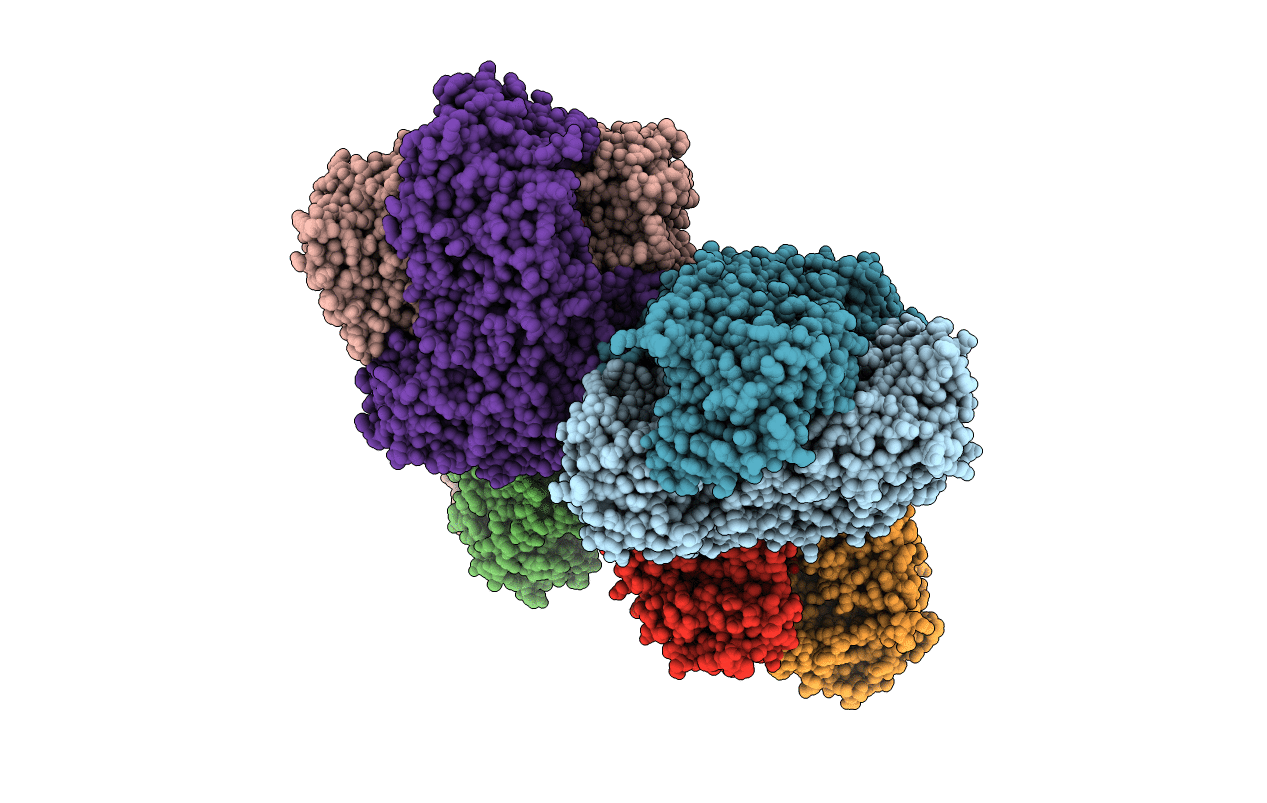
Deposition Date
2020-06-01
Release Date
2021-06-02
Last Version Date
2023-11-29
Entry Detail
PDB ID:
7C8I
Keywords:
Title:
Ambient temperature structure of Bifidobacgterium longum phosphoketolase with thiamine diphosphate and phosphoenol pyuruvate
Biological Source:
Source Organism:
Bifidobacterium longum (Taxon ID: 216816)
Host Organism:
Method Details:
Experimental Method:
Resolution:
2.50 Å
R-Value Free:
0.22
R-Value Work:
0.16
R-Value Observed:
0.16
Space Group:
P 1 21 1


